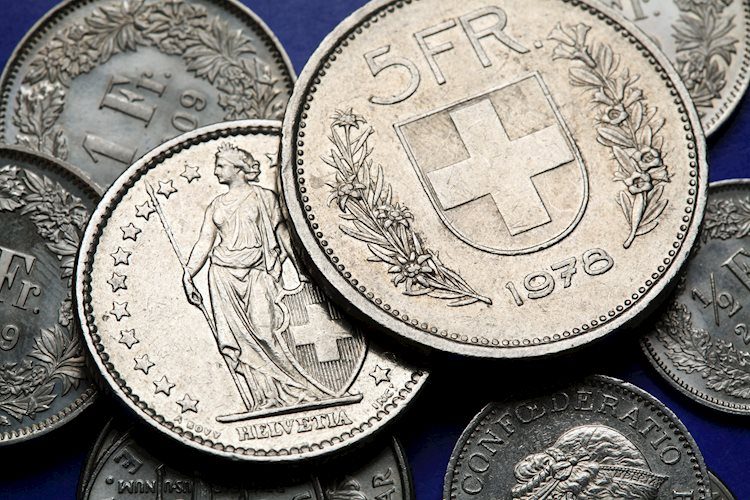The USD/CHF pair has been drifting lower for the third consecutive day, reaching its lowest level since March 13 around the 0.8760 region during the Asian session. This downward trend is a result of the post-FOMC USD selling bias. The Federal Reserve decided to hold its benchmark interest rate steady in the 5.25%-5.50% range, but Fed Chair Jerome Powell’s comments at the post-meeting press conference hinted at a possible rate cut if inflation remains in line with expectations. This has led to a multi-month low in US Treasury bond yields, keeping the USD bulls on the defensive and putting pressure on the USD/CHF pair.
On the other hand, the Swiss Franc (CHF) has been benefiting from safe-haven flows due to geopolitical risks in the Middle East. This has contributed to the downfall of the USD/CHF pair. However, the positive risk tone in the market, triggered by the prospect of an early start to the Fed’s policy-easing cycle, is holding back bearish traders from placing fresh positions and helping to limit losses. This dynamic suggests that the path of least resistance for the USD/CHF pair is to the downside, but the outlook remains uncertain pending the release of the Nonfarm Payrolls (NFP) report on Friday.
Investors are closely monitoring the US price dynamics and broader risk sentiment to gauge the future direction of the USD/CHF pair in the absence of any significant economic data releases on Thursday. The table below shows the percentage change of the US Dollar (USD) against major currencies today, with the USD being the strongest against the Australian Dollar. The heat map illustrates the percentage changes of major currencies against each other, providing a visual representation of how they are performing relative to one another. This data can be useful for traders looking to make informed decisions based on currency exchange rates.































